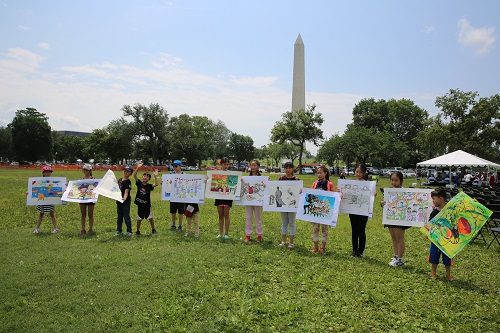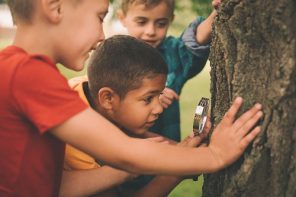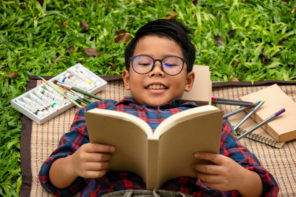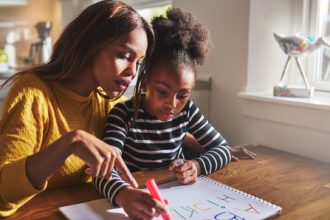When the internet came, connectivity changed our lives. Artificial intelligence, robotics and blockchains will transform our children’s lives by bringing more changes in the next twenty years than in the past two hundred years combined. This sea change is called the Fourth Industrial Revolution. While artificial intelligence enhances human skillsets and robotics offers freedom from the drudgery of countless tasks, up to 50% of jobs that exist today might disappear in the next twenty years. How then do we prepare children for an uncertain future?
Anxiety and excitement about this imminent transformation have been so widespread that a newspaper serving Aitkin, a town of 2,330 in northern Minneapolis, published an analysis on the Fourth Industrial Revolution in March 2021. The author concluded that, “in trying to imagine a future with more AI, it seems that creativity in the 4th IR may be what makes the system integrating AI and humans work smoothly.” Pointedly, an IBM survey of 1,500 CEOs in 2010 revealed that creativity was the most critical skill for leaders. Thus, our first lesson concerns children’s creative development.
The second lesson concerns empathy. For the World Economic Forum, IBM’s Jesus Mantas wrote that, “Empathy, our species survival tactic, is the clue to our next evolution.” Empathy bridges socio-cultural divides and ushers in unity and harmony for collaborative innovations.
Arts as Foundation
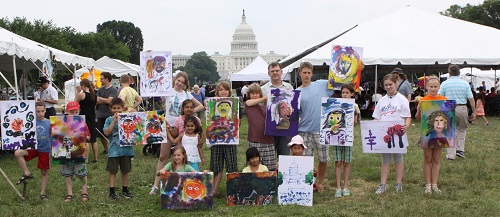
Though fueled by quantum technologies and neuroscience, the Fourth Industrial Revolution demands imagining the unimaginable—the foundation for creativity and empathy. Since the arts cultivate children’s imagination, learning the arts has gained renewed importance that neuroscience is now validating. Give crayons to a child and watch how art activates neurons for creative ends. Collaborative art-making, playing music with others, or dancing in a group develops a camaraderie as the groundwork for empathy.
Headquartered in Washington, D.C., the International Child Art Foundation (ICAF) serves American children through the universal language of art to foster their creativity and develop mutual empathy amongst their peers. This national nonprofit organizes the Arts Olympiad, produces the World Children’s Festival quadrennially, and publishes the ChildArt quarterly.
The Arts Olympiad
The creative lives of children potentially face a roadblock—the so-called “fourth-grade slump” as discovered by E.F. Torrance, “the father of creativity.” Torrance observed that children typically begin school with evident and flourishing creativity. However, by the time they reach fourth grade, these same children become less spontaneous and playful and are less likely to take risks. Once the fourth-grade slump in creativity gains a foothold, its effect can consolidate and affect adulthood.
ICAF’s school arts program, the Arts Olympiad, empowers schoolchildren to overcome the fourth-grade slump. Students usually see themselves or others as jocks, nerds, techies or artsy. So, the Arts Olympiad Lesson Plan introduces them to the “Artist-Athlete Ideal,” which calls for a creative mind and healthy body. This new identity simultaneously awakens dormant “inner artists” or slumbering “inner athletes.” Linking imagination with embodiment liberates the natural tendency towards creativity and sound health. For instance, when children depict themselves as “artist-athletes” in their artwork for the Arts Olympiad school art contest, they step into a revised rendering of themselves.
World Children’s Festival
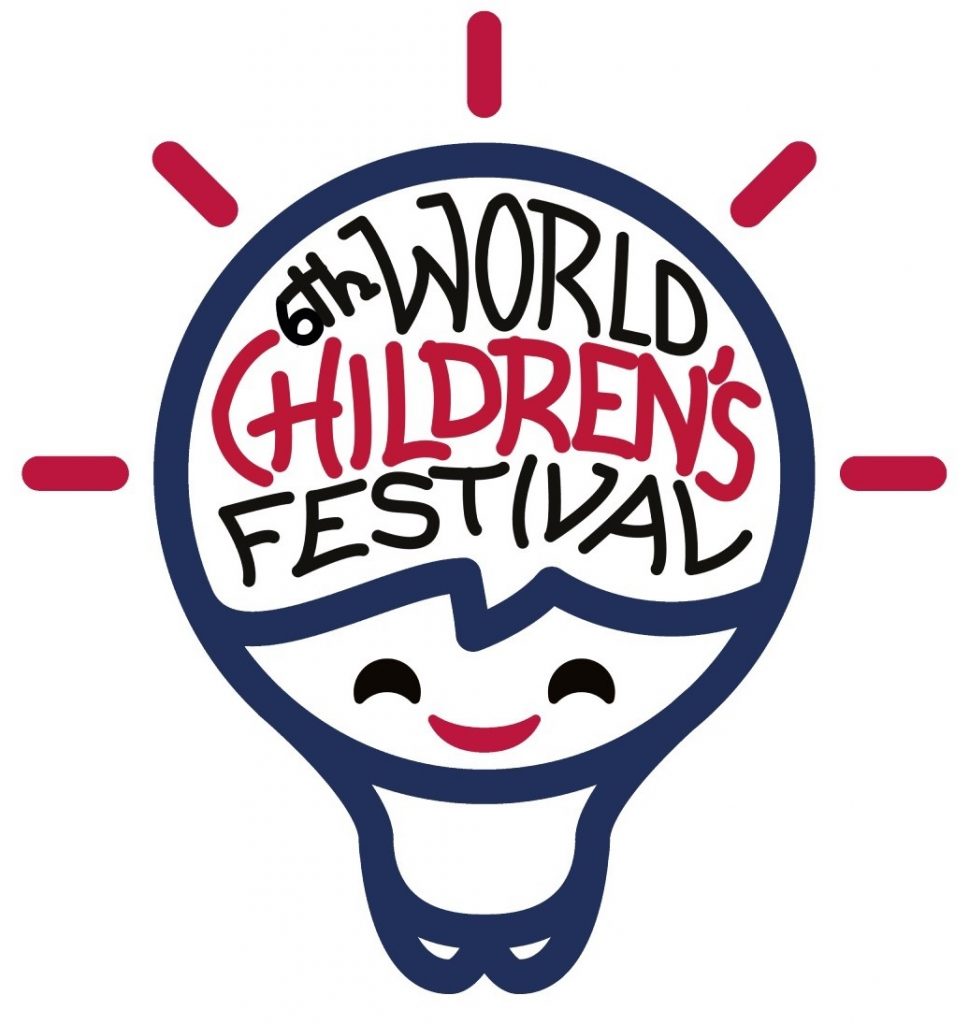
The Arts Olympiad winners convene at the World Children’s Festival (WCF), a three-day educational event held every four years as the “Olympics” of children’s imagination. ICAF has pioneered a unique step-by-step approach to develop mutual empathy. The WCF begins with Health and Environment Day, designed to create a sense of community and purpose from shared interests. Next is Creativity and Imagination Day, when ICAF enhances children’s creative potential through collaboration and co-creation. Through empathy workshops and leadership training, ICAF maps out the final Peace and Leadership Day to inspire children to become “creative-empaths”—leaders of the future with creative minds and empathic hearts.
Cultivate creativity for the Fourth Industrial Revolution and grow mutual empathy for “a more perfect union.” Learn more about The Arts Olympiad and the World Children’s festival at ICAF.org.
____
Ashfaq Ishaq, Ph.D., is the founder of the International Child Art Foundation, producer of the World Children’s Festival, and publisher/editor of ChildArt quarterly.

